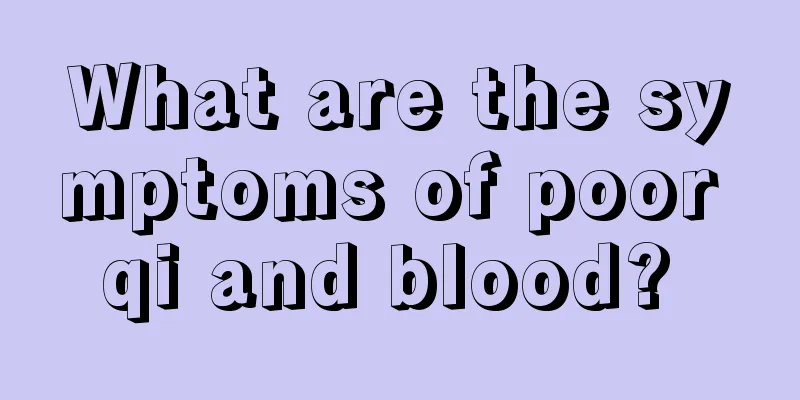Treatment of endometrial cancer

|
Endometrial cancer is a disgusting disease. Many patients suffer from this disease. There are many dangers of endometrial cancer. People should understand its manifestations and pay attention to diagnosis. So what is the best way to treat endometrial cancer? Let the experts give you a detailed introduction below. Surgery for endometrial cancer can clarify the scope of the lesion, correctly perform clinical staging, and correctly determine the scope of surgery. In the past, according to the FIGO staging system in 1982, patients in stage I usually underwent total extrafascial hysterectomy plus bilateral adnexectomy; patients in stage II underwent extensive hysterectomy plus bilateral pelvic lymph node dissection. For patients in stages III and IV, surgery should be performed first if surgery is possible, and the lesion should be removed as much as possible to reduce the size of the tumor, and radiotherapy or progesterone therapy should be performed after surgery. Otherwise, progesterone, radiotherapy, and/or chemotherapy should be performed first and then surgery should be performed when surgery is possible. Other treatments are still required after surgery. For stage Ia cancer, traditional extrafascial total hysterectomy plus bilateral adnexectomy is performed, and the vaginal incision should be 2 cm, which is the appropriate surgical scope. For patients with myometrial invasion, especially deep myometrial invasion, the surgical scope is expanded, and the traditional stage II surgery is performed, with extensive hysterectomy plus pelvic lymph node dissection. Check whether there are enlarged lymph nodes in the aorta. If there are, perform para-aortic lymph node biopsy or/and conventional para-aortic lymph node dissection. For stage II and III, extensive hysterectomy plus pelvic and/or para-aortic lymph node dissection should also be performed according to the aforementioned surgical scope. Tumor reduction surgery should also be performed as much as possible in stage IV. In 1972, Milton compared the 5-year survival rates of total hysterectomy and sub-extensive hysterectomy (without lymph node dissection), with the former being 75.7% and the latter being 91.4%. This suggests that expanding the scope of hysterectomy (at least sub-extensive hysterectomy) helps reduce the postoperative recurrence rate. More and more people will suffer from endometrial cancer in life. Endometrial cancer brings a lot of harm. Many people will be worried when they hear about endometrial cancer. It is not difficult to treat endometrial cancer in life. As long as you choose the appropriate and correct treatment method, recovery will be quick. |
<<: Best treatment for endometrial cancer
>>: Gamma Knife Treatment for Endometrial Cancer
Recommend
What should I do if the sour jar turns white?
People will encounter some special situations in ...
Is exercise useful for heavy moisture?
People with heavy dampness often improve their co...
What should I do if a mosquito bite causes a big swelling?
Mosquitoes are creatures that people hate very mu...
What are the dietary taboos for bladder cancer
Bladder cancer is a disease that many people are ...
What kind of mask is good
In daily life, masks can actually be said to be w...
What is the use of sticking ginger slices on the soles of feet
Everyone is very familiar with ginger. When cooki...
How to treat wind-cold and wind-heat symptomatically?
Traditional Chinese medicine focuses on the study...
How to use electric mosquito screen?
Now it is summer, not only has the temperature in...
How to treat advanced lung cancer better? Advanced lung cancer mainly follows three treatment principles
Nowadays, many people do not pay attention to the...
What are the disadvantages of drinking too much ice water
In summer, many people like to drink ice water, w...
How does your stomach feel after implantation?
Theoretically, when the fertilized egg implants i...
What to do if nails turn black after chemotherapy
After chemotherapy, many abnormal changes will oc...
How to prevent thyroid cancer as a common cancer
How to prevent thyroid cancer as a high-incidence...
A brief introduction to the nursing methods for osteosarcoma
Everyone is familiar with osteosarcoma. It is a d...
What are the causes of laryngeal cancer?
Laryngeal cancer is the third most common maligna...









